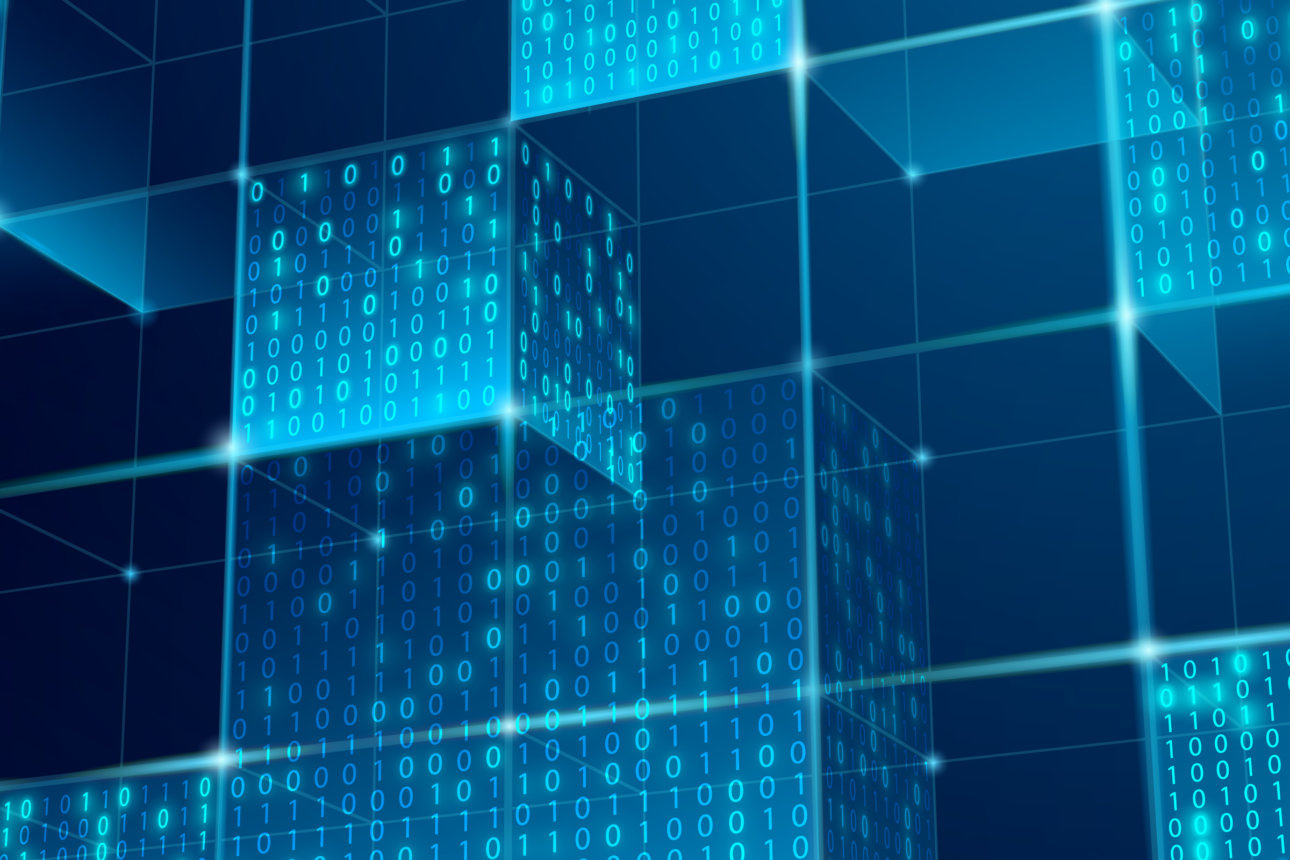How AI Is Helping Companies Break Silos
AI is helping companies coordinate their workflows to achieve great efficiency and more synchronization.
Topics
Frontiers

Anyone who has ever worked for a large organization knows that information silos are a challenging fact of life. They’re evident internally: The left hand doesn’t always know what the right hand is doing, and employees who are supposed to be working in concert are out of sync.
Silos exist externally, too. Companies that are in business together often don’t have full information or a clear picture of their partnership. This can sometimes trigger an “us versus them” mentality among colleagues and collaborators. As a result, opportunities are missed and problems don’t get solved.
But as companies start to experiment with new technologies that break down silos, things might begin to look different. When adopted appropriately, new tools — powered by artificial intelligence, machine learning, and advanced analytics — can transform the ways in which employees communicate, collaborate, and coordinate their workflows. The result: greater efficiency, more synchronization, and less tunnel vision.
UPS, the Atlanta-based shipping giant, is a prime example of how companies can embrace new technology for operational efficiency and better outcomes. The company uses a network planning tool (NPT) to integrate its pickup and delivery system. A B2B customer’s package is categorized by a destination ZIP code, weight, and volume; it is then given a bar code label and placed on a conveyer belt, where it is scanned and loaded for delivery. The NPT organizes packages by final destination while also considering the type of parcel and time of year. Pharmaceuticals, for instance, are not routed via the desert, as extreme temperatures can affect the potency of certain medications, and NPT also considers the potential for congestion during peak holiday seasons.
The beauty of NPT, however, is not just its algorithm; rather, it’s that the app empowers human engineers to make better decisions. When a package reroutes, the app notifies a UPS engineer in the new location city about the revised plan. The engineer then looks at various options, evaluates them, and takes action. The engineer might let the plan remain in place or reroute the package based on new information. This human-driven decision becomes an update in the app, which in turn helps it learn from human oversight and get smarter about routing plans. Just as important, NPT also serves as a check on the engineer’s choice to ensure that it had the desired result.
